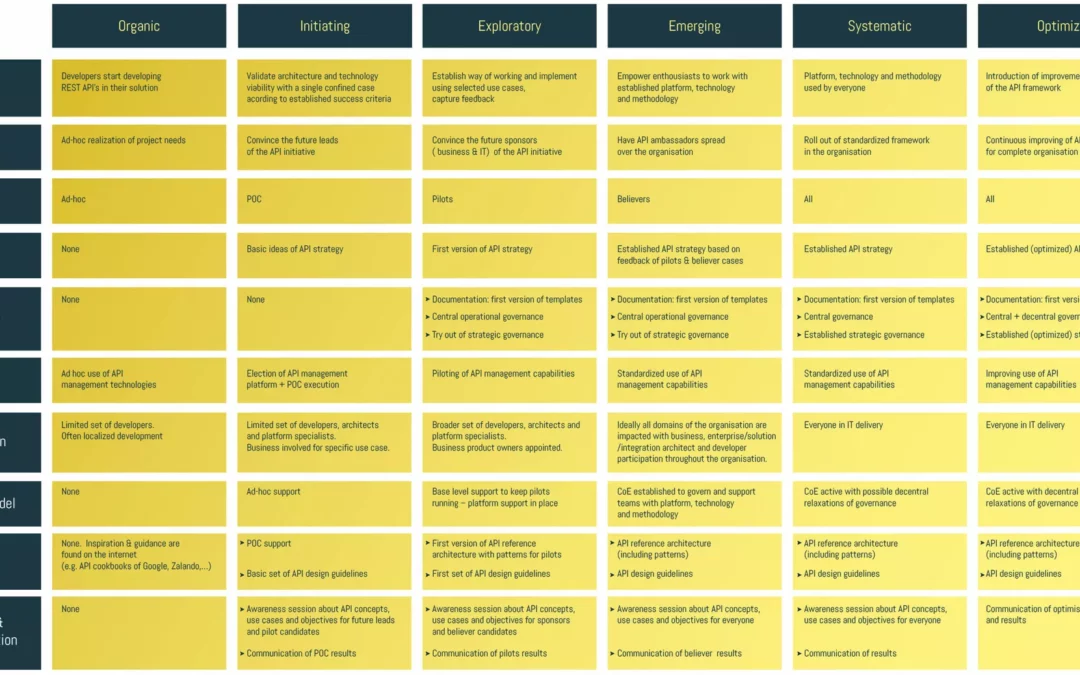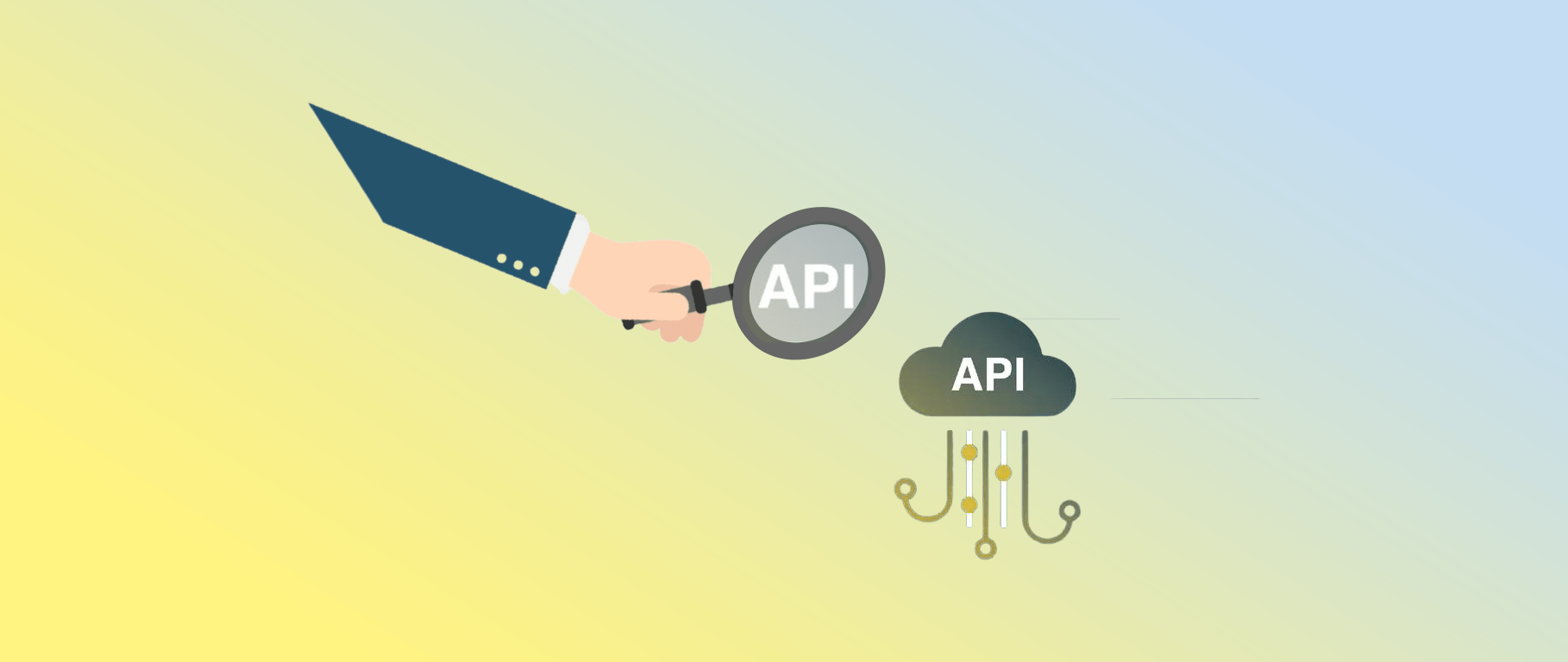We often get the question how to increase an organization’s API maturity. Not an easy job as you need to change the daily behavior of people. It is not just a matter of training: you need to make people aware and convince them of the new way of working and thinking. So, you need some change management techniques to increase your maturity. In this blog we will explain how your maturity can grow step-by-step. This approach is formalized in our API maturity model.
What is API Maturity?
First of all, there is often a difference between the view of managers and (enterprise) architects, and the view of developers on API maturity. If you talk with the latter about API maturity, they mostly refer to the Maturity Model of Richardson about REST API design or other maturity models about API security. Managers and (enterprise) architects on the other hand, are interested whether the organization is capable to apply API architecture and designs in the projects aligned with the way they want it to be executed..
In our framework we focus on the second viewpoint. Therefore we define API maturity as follows:
“API maturity is about the ability of the organization to apply API architecture, design, development, testing and devops practices in projects according to the defined strategic objectives of your API initiative. The ability of the organization must be reflected in having all involved roles at the right skill set and level of experience”
As you might have noticed in our definition, we do not refer to a top level of API architecture or a top level of platform implementation. This is because we believe that each organization has his own set of goals they want to achieve. The different parts of your API framework will be organized accordingly. For example, an API initiative focussing only on public API’s will have other targets than an API initiative focussing on delivering internal API’s for a multi-channel approach.
The Added Value of an API Maturity Model
As explained in the introduction organizations often ask us to increase their API maturity. This is not such an easy assignment because you need to change the daily behaviour and thinking of your organization. We believe you need to increase the maturity by using a step-by-step approach. Each step has its role in increasing the maturity in your organization. For example, you can not start to roll out your API framework in the complete organization before you have convinced your management or leads. This approach is translated in six stages.
The 6 Maturity Stages
We identify six phases, each with their own objective:
- Organic: limited set of developers start developing REST API’s in their solution to realise ad-hoc project needs (e.g. API’s for a mobile application). There is no central steering or governance, it grows organically based on the realised projects.
- Initiating: in this phase the organization wants to validate the architecture and technology viability with a single confined case according to established success criteria. Very often a specific team consisting of different profiles (from business to infrastructure people) is composed to execute the POC. The purpose is to convince the future leads of the API initiative.
- Exploratory: in this stage we are testing the first version of our API framework in a number of pilot projects. The results of these projects will be used to convince the future sponsors (business and IT) of the API initiative.
- Emerging: after updating the API framework with the experience of the pilot projects, the API initiative will grow further by selecting believer projects or parts of the organization.
- Systematic: the lessons as learned in the emerging phase will lead to the first complete version of the API management framework. This framework will now be rolled out in the complete organization.
- Optimized: the API initiative and framework needs to be improved continuously. This stage embeds the continuous improving and learning cycle.
For each of the stages, we have described the different parts of our API management framework as well the scope and objective.
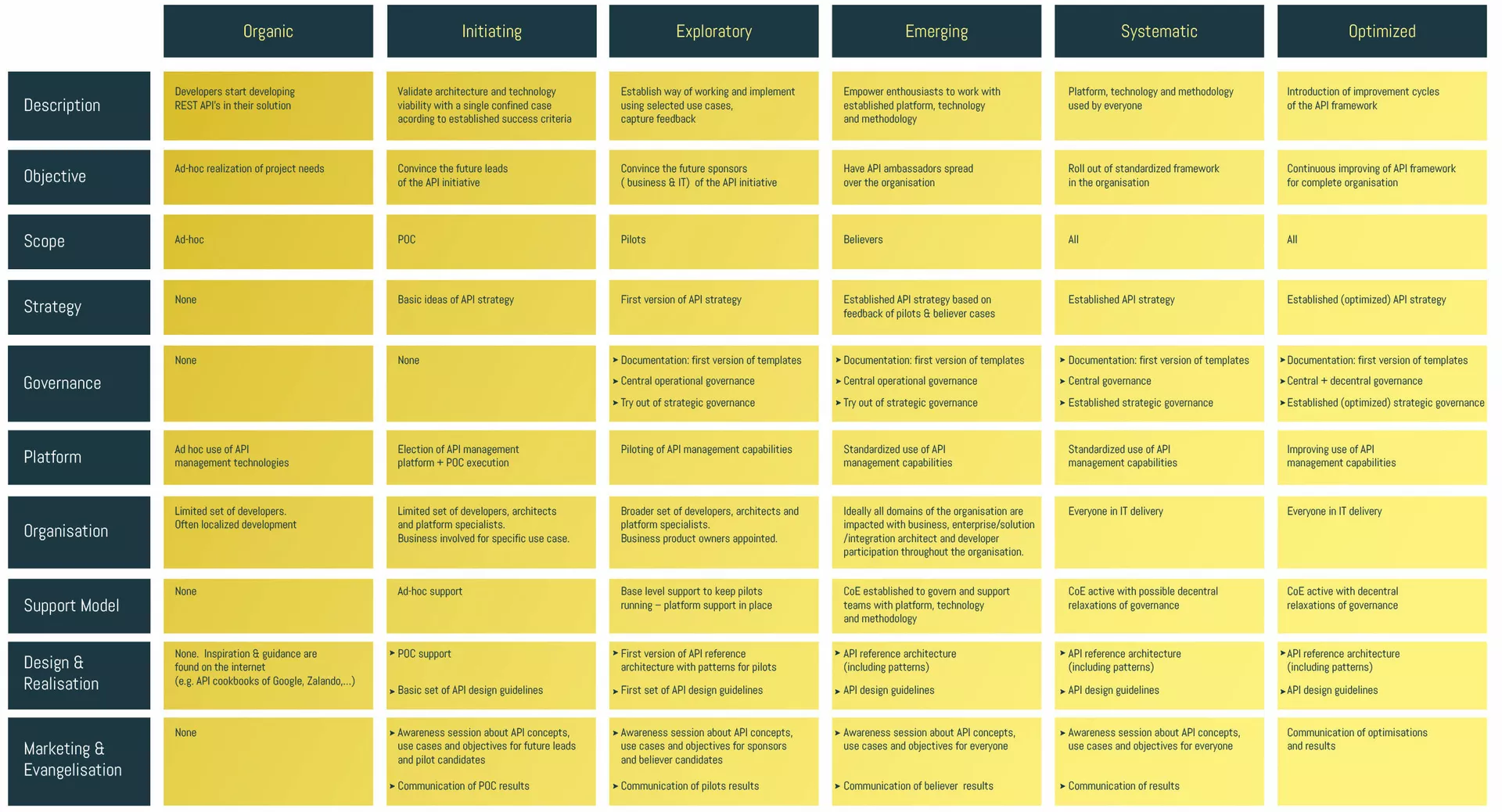
The Maturity Gates
In order to move from one stage to another stage some conditions must be met. In this way we prevent organizations to move too early to the following stage:
- Gate 1 | (organic initiating):
- Someone in the architecture or integration team must take the lead in initiating the API initiative and POC.
- Gate 2 | (initiating exploratory):
- The POC must be ended successfully
- API management platform should be selected
- Future leads of API initiative must be convinced
- Basic ideas of API strategy must be present (what do we want to achieve with the initiative)
- Gate 3 | (exploratory emerging):
- Pilot projects (or part of them) should be ended successfully
- API management platform capabilities should be production ready and supported API strategy must be established & validated
- API framework must be ready for first roll out
- Gate 4 | (emerging systematic/standardized):
- API framework and platform should be confirmed (or adapted) for complete roll out
- Believer projects (or part of them) should be ended successfully
- Gate 5 | (systematic/standardized optimized):
- Roll out in organization should be finished almost completely
- Organization and processes for optimization should be put in place
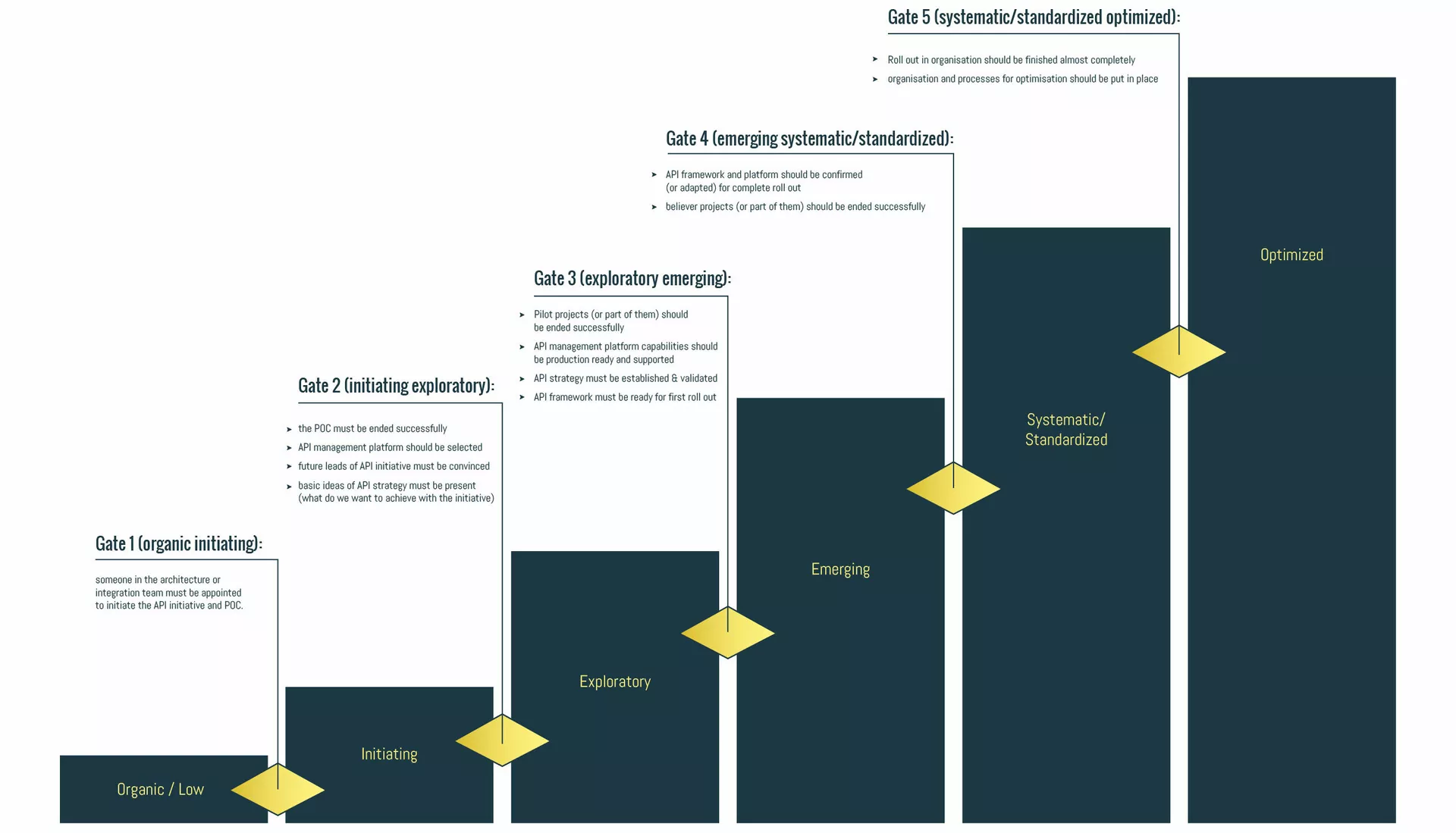
Static or dynamic maturity model?
In the final stage of the maturity model, the focus is on improvement. Implementing further optimisations of the established framework in the standardized stage. When an organization wants to introduce a big improvement or change, this will not be enough. You need to retake some of the stages again. For example if your strategy changes from internal to public, your framework and platform should be revised. In this case you better start your maturity journey again from initiating stage.
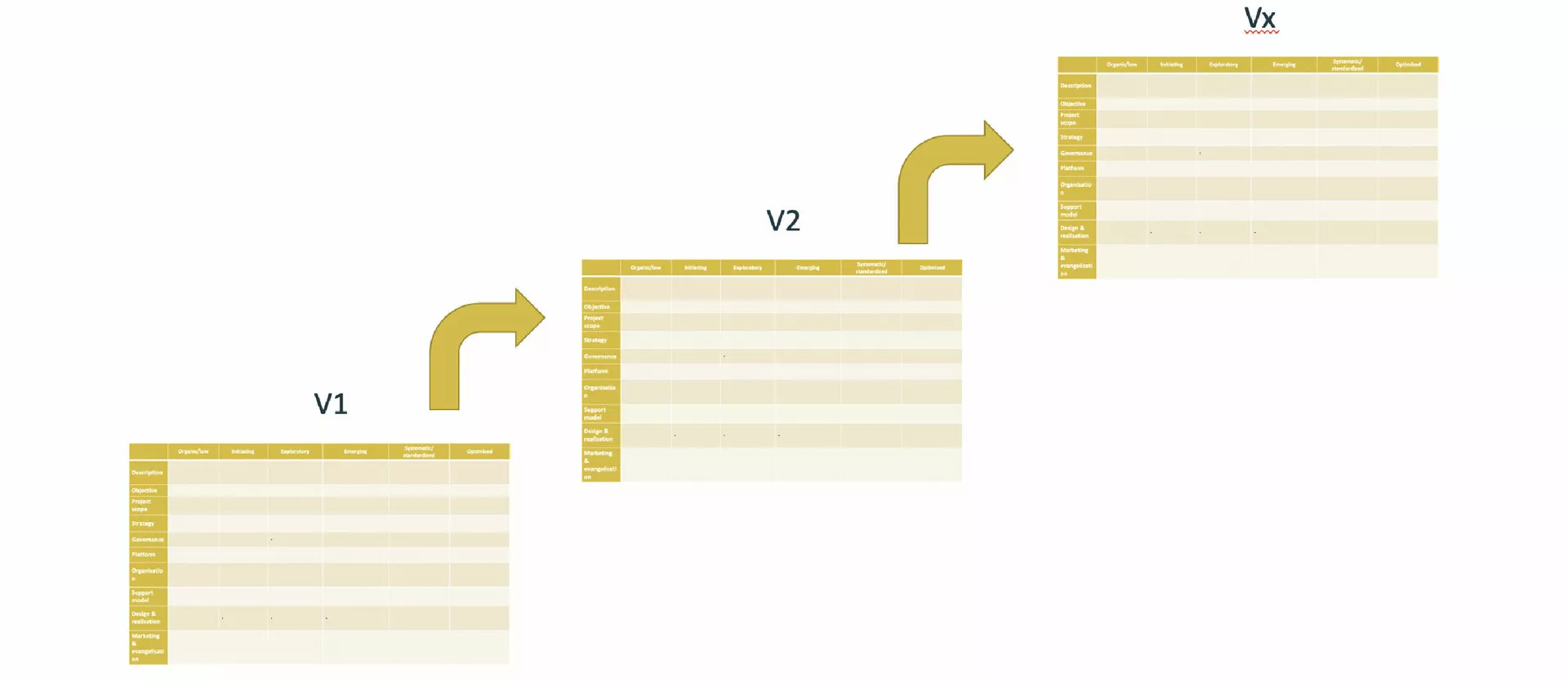
Conclusion:
1,2,3…go!
Don’t wait and start your API initiative! The API maturity model helps you to steer and build up your API initiative step by step. By applying the different gates, you are able to implement all necessary building blocks at the right time.
Some more integration blogs for you
ALWAYS LOOKING FORWARD TO CONNECTING WITH YOU!
We’ll be happy to get to know you.


